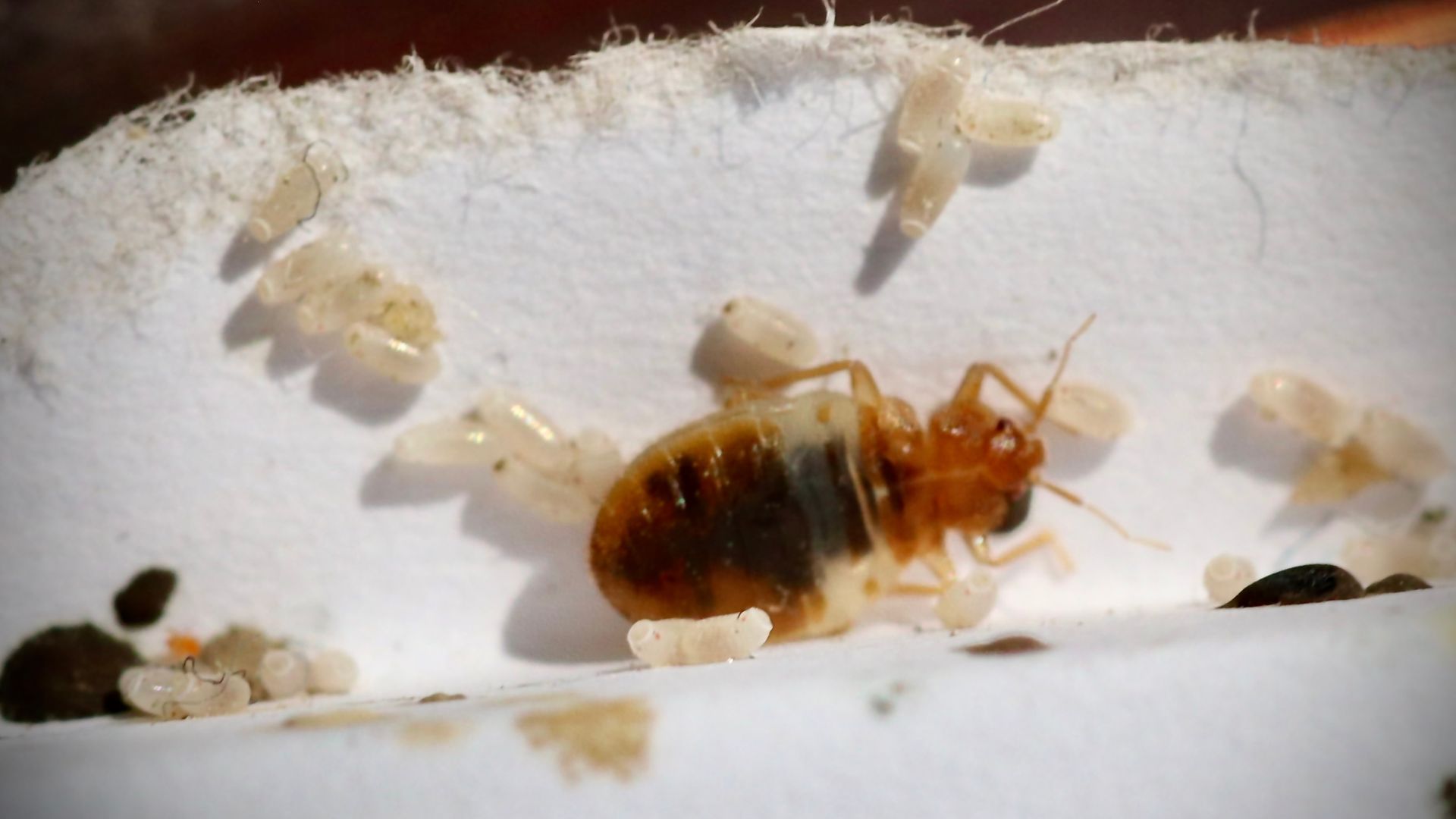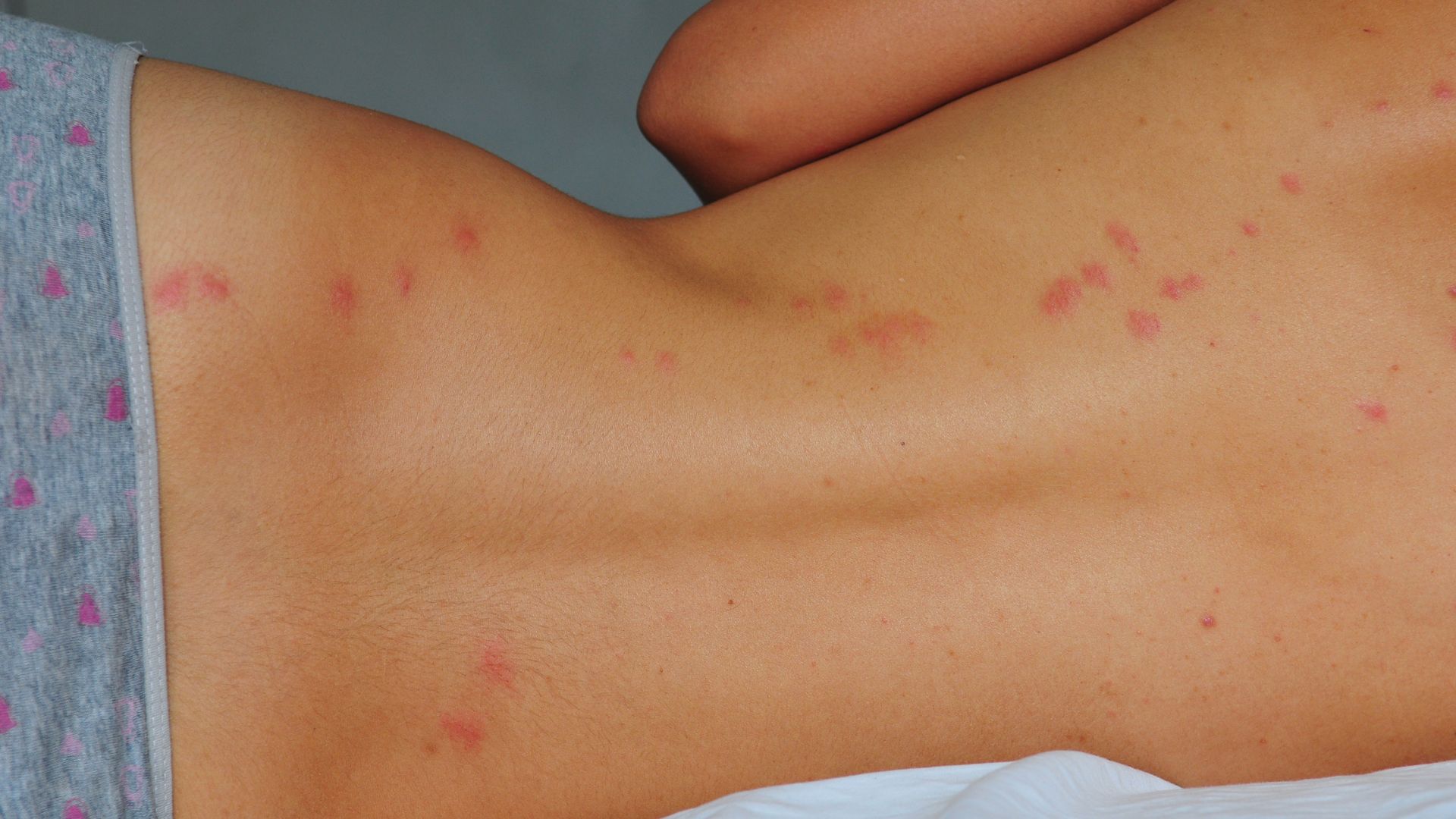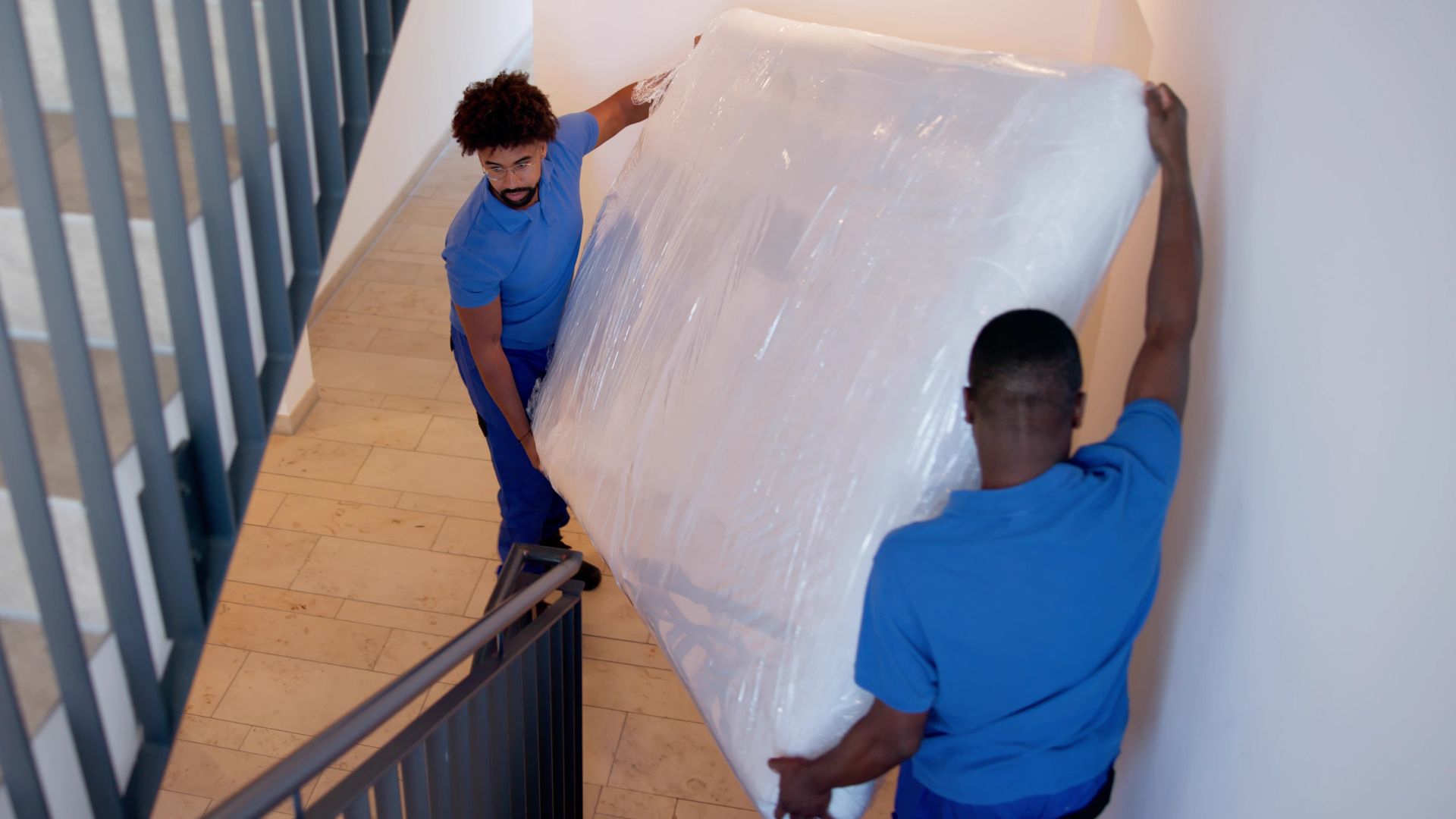7 signs of bed bugs in your mattress — and whether it can be saved or not
How to spot the signs, symptoms and smells of bed bugs inside your mattress

Bed bugs are blood sucking pests that lurk in the dark corners of your home, waiting for any opportunity to feed on your blood. They don’t live on their food source (us), but dwell close enough to where we sit or sleep — like our mattresses — in order to feed easily without detection.
Even the best mattresses with the latest in hypoallergenic properties aren’t immune to the spread of these blood-sucking critters, so it’s important to stay attuned to the signs and symptoms that bed bugs could be living in your mattress.
From their eggs, scent, and even what their poop looks like, detecting a bed bug infestation in its early stages can make the difference between being able to salvage your mattress and having to replace it entirely – if you do need to buy new, the forthcoming Memorial Day mattress sales are a great time to shop.
7 signs of bed bugs inside a mattress
1. You've seen an actual bed bug
The clearest indication of a bed bug infestation is actually spotting one. To do that, you need to know exactly what you’re looking for. Bed bugs are reddish brown insects measuring approximately 5-7mm. Unlike a spider or a flea, their bodies are relatively flat and oval shaped. This makes it easier to squeeze into tiny crevices (like the seams of your mattress) despite their relatively large size.
However, these creatures prefer to come out when it's dark and while their host is asleep - which is why bed bugs come out at night - so it' rare that you'll be able to spot them during the day. You can try setting bed bug traps to make it easier to spot them.

After feeding on blood from either humans or animals, the body of a bed bug swells in size. As bed bugs grow, they shed their skin. A bed bug may shed their skin (molt) up to five times within a single life cycle. Bed bugs don’t fly or jump, but they are fast moving, and very good at hiding.
2. Red and brown blood spots
Bed bugs don’t live in nests. Instead, they live in densely packed groups within the dark folds and seams of your soft furnishing, as well as in tiny cracks and crevices, such as plug sockets. As they rely on blood for sustenance, they will likely hide in close proximity to where humans or animals tend to sit or sleep, but out of plane sight. This might be a sofa, headboard, plug socket, or your mattress.
Get instant access to breaking news, the hottest reviews, great deals and helpful tips.
A sure-fire sign that bed bugs are lurking in your bed include rusty marks on your mattress or bed sheets. Bed bugs can get crushed or squashed when you move in your sleep, which leaves a reddish brown stain on your bed. This is due to the blood that they have just fed on leaking out of their bodies.
3. Clusters of dark specks on your mattress
If there are bed bugs living in your mattress, you may be able to spot their fecal matter (poop). Bed bug waste will look like a cluster of dark specks, each approximately the size of a full stop. As bed bugs tend to live in densely packed groups, spotting their fecal matter is easier to spot than you might think.

4. Tiny eggs inside your mattress
A female bed bug can lay hundreds of eggs within her lifetime (which is around 10 months to a year). Each bed bug egg begins its life as the size of a pinhead, which will be clear and whitish in color. Before hatching, these eggs will have grown to 1mm, and will closely resemble a grain of rice.
5. A new, musty odor
Even if you can’t see any evidence of a bed bug infestation in your mattress, you may be able to smell one. Due to the nature of their diet (blood), bed bug waste contains iron. This oxidizes in the air, giving off a musty, rusty odor. If you can detect an unfamiliar scent resembling mold or dirty shoes, it’s another strong indication that bed bugs are present.
6. Bed bug skin in the mattress seams
As bed bugs feed, they become engorged on blood. As they grow, bed bugs shed their skin (molt) five times within their lifetime. Their shed skin will look like a bed bug, but will be translucent.
Shed bed bug skin will likely be close to any folds, seams or buttons on your mattress (anywhere they can avoid detection), and may be spotted alongside other signs of their presence, such as their odor, feces and blood stains. Using the credit card bed bug hack — dragging a plastic card along the seams — can help you bring shed skin to the surface.
7. Itchy bites on your body

Unlike dust mites, which feast on dead skin cells, bed bugs feed on blood. This means that they penetrate the skin every time they feed, leaving behind an itchy bite mark. Bed bug bites often appear clustered together. On white skin, they will appear raised and red. On black and brown skin, they will appear purple. Bed bug bites are itchy, so you will feel them even if you can't see them.
And it isn't just at home that you should keep an eye out for bed bugs. Hotels can be a haven for bed bugs, as guests accidentally bring them in on their clothing or in their suitcase. When traveling, use these 7 tips to check your hotel mattress for bed bugs, to avoid bringing home the critters as unwanted souvenirs.
You have bed bugs – can your mattress be saved?
If you've spotted any of the above signs and symptoms of bed bugs, you might now be wondering whether your mattress can be saved. This depends on the severity of your bed bug infestation. Bed bugs are stealthy, and incredibly tricky to get rid of entirely without the help of a pest control specialist.
Even if you later decide to get rid of your mattress, it's important to stem the spread of bed bugs throughout the rest of your bedroom. Begin by stripping your bedding and laundering on a hot wash, taking into consideration the care labels. It need to be a hot wash in order to kill any lingering bed bugs and their eggs. Next, thoroughly vacuum every inch of your mattress to get rid of any stray bed bugs. Empty the vacuum bag or cylinder into a bin outside.
If you own one, going over the surface of your mattress with a steam cleaner (paying particular attention to hiding spots like any folds or creases) will help eradicate bed bugs and their eggs. However, it's important to note that bed bugs can lay dormant in your mattress for up to a year in a state of ‘hibernation,’ so even if you think you've got rid of your bed bug problem, they may still be lurking. While common household products can act as a remedy for bed bugs, for a serious infection, it's best to contact the professionals.

When to replace a bed bug-infested mattress
If your mattress is showing signs that it needs to be replaced, is over eight years old, or the bed bug infestation is too severe, you may decide that your mattress is unsalvageable. Our guide on how to dispose of a mattress with bed bugs outlines the necessary steps you should now take. The most important thing is to avoid the spread of bed bugs to the rest of the soft furnishings in your bedroom, so wrap your mattress in large plastic sheeting before you attempt to move it.
The next step is to ensure your new mattress doesn't become take on the perfect conditions for bed bugs to thrive. The best way to protect your new mattress from a re-infestation of bed bugs is to use a zippered mattress encasement. Claire Davies, Tom’s Guide Sleep Editor and Certified Sleep Science Coach, recommends investing in a zippered full mattress encasement.
“A fully zippered mattress encasement is the best way to prevent bed bugs in your mattress,” explains Davies. “Whereas normal mattress protectors just cover the top and sides, a mattress encasement covers the top, bottom and sides. It then zips shut, so bed bugs have zero chance of reaching your mattress.”
Today's best mattress sales

Nicola is the Sleep Editor at Tom’s Guide, where she helps steer the mattress and sleep content published on Tom’s Guide, including our Best Mattress for Back Pain buying guide. With a career in journalism spanning the best part of two decades, Nicola brings experience to the team and the knowledge of what makes a great article, whether that’s a how-to mattress cleaning feature, a deep dive into melatonin gummies, or an in-depth mattress review. As a sleep editor, few better understand how important a decent mattress is to the overall quality of our sleep, and precisely how our sleep impacts our physical and mental health. As well as tackling the vast topic of sleep, Nicola joins the raft of expert mattress specialists at Tom’s Guide, who test and compare a wide range of mattresses in order to guide readers towards the very best options on the market.
